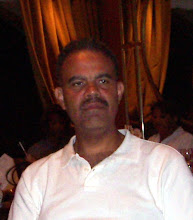Shultz is a teacher in a situation that appears to be hopeless. He is in a situation where not only the school is in need of major repairs, but the community has serious issues as well. However, he is steadfast and relentless about they way he teaches his students. He is tolerant and understands their plight.
The biggest challenge these students face are understanding the system and bureaucracy. They definitely understand the inadequacies of their school and what is needed to rectify the problem. The biggest obstacle for them is organizing and learning how to implement an effective strategy to voice their concerns.
This is a perfect example of an urban school with talented students. They are unmotivated by traditional pedagogy and are excited about working on a project that had practical implications. As one student clearly pointed out mathematically, the number signatures that could be solicited if they each spoke with a certain number of people. Some of the students were involved in putting together PowerPoint presentations.
There are talented students in urban schools and educators have to implement a pedagogy and environment that fosters discovery. Here we have urban students working on a project in which they are interested in. These are students who were not being challenged with the schools textbooks; however they were eager advocates for a new school.


